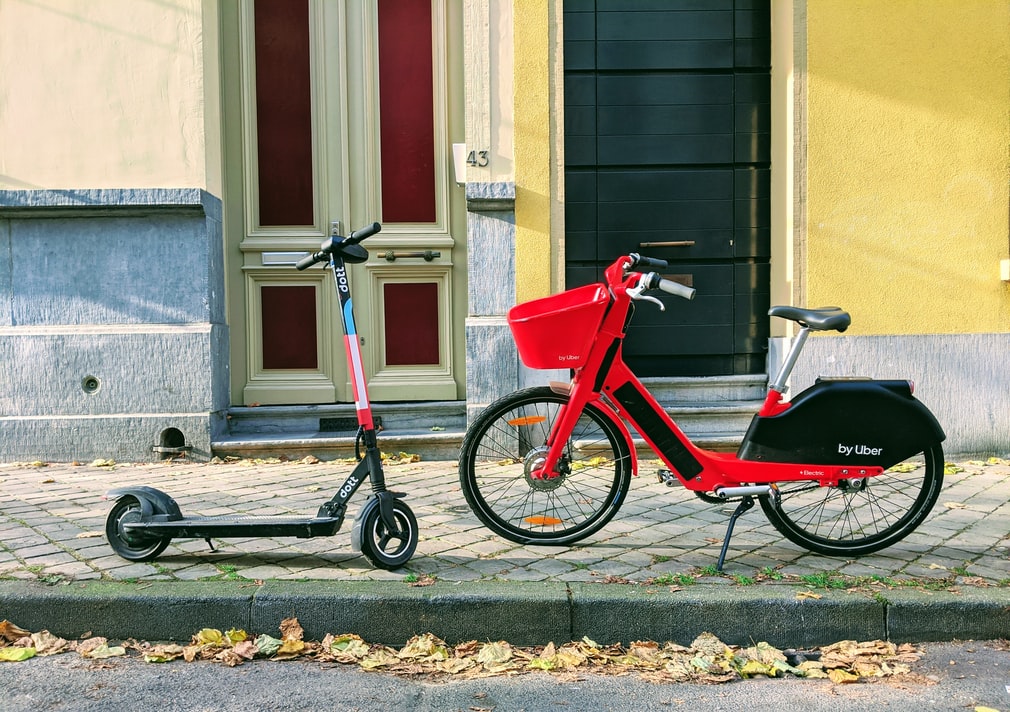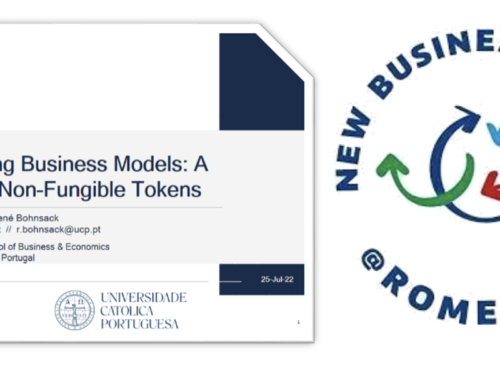What makes customers use green products in a truly sustainable way? Green product innovation aims to design products that deliver environmental benefits to customers, such as CO2 emission reductions, improved recyclability of products, and energy savings. However, would higher adoption of green products automatically lead to the realization of a product’s environmental benefits? This depends on how customers use the product.
Increasingly the problem is not that customers do not buy green products. It is to let them use these products in a sustainable way. A Tesla is not sustainable if you drive in the ludicrous mode from 0 to 60mph in 2.7 seconds, biodegradable plastics are only recycled if they are put in the right bin, or to make it very simple: tea drinkers admit that they overfill their kettle and waste loads of energy. For a green product innovation to be truly sustainable, we need to understand not only why consumers buy it but also what makes them use it sustainably. In our latest publication, we show that sustainable usage is an intricate result of three factors that interact: user experience, learning and so-called ‘sustainability affordances’. Now user experience and learning are probably clear, but what are affordances? Let’s dive in.
An ”affordance is a property or feature of an object which presents a prompt on what can be done with this object.” A button can be designed to look as if it needs to be turned or pushed. A doorknob prompts you to open a door. Affordances make life easier. They support our interaction with the physical and digital world. Applying affordances to sustainability shows how a product’s green features can invite customers using it sustainably or discourage using it unsustainably. Sustainability affordances create possibilities to do new things with a product, have a unique user experience, or learn how to change behaviour, all with the aim to let customers behave more sustainably.
So, what can we learn from applying the concept of affordances to green innovation? We provide three main insights:
- What makes a green product ‘green’? Green products can provide various sustainability affordances – e.g., circularity, eco-efficiency, decarbonization, biodegradability, or organic production – which produce different environmental benefits such as lower carbon emissions or less water pollution. While some products’ sustainability affordances focus on one environmental benefit, others create multiple benefits. Instead of aimlessly trying to address as many environmental issues as possible, you should think about which issues your customers are most concerned about.
Highlight those environmental benefits in your product design and marketing campaign that speak to your customers. If people are worried about plastic ocean waste, stress the affordance of biodegradability. If they are worried more about the climate emergency, stress the affordance of decarbonisation. It would be best, of course, to design products that afford several environmental benefits. It lets you change your marketing campaign without having to change your product all the time. - What makes a green product ‘functional’ and ‘exciting’? Customers do not just buy a product because it is green. They want to use the product for a specific purpose. Unfortunately, green products are often seen as needing some form of compromise as they are not as functional as ‘regular’ products. A green product might not be a direct replacement for a regular product which creates a conflict for users between their normative goals (“I should be green”) and hedonic goals (“I want to enjoy life”). Being green is often harder but product design can influence that.
Don’t just focus on what a green product can’t do but highlight how it lets your customers do lots of exciting new things. Bundle green features with functional or aesthetic features. Part of the success of solar panels, for example, is their modularity. They let consumers generate electricity anywhere they want, affording unprecedented flexibility. Also think about how using a green product makes people feel. As Tesla and the Nest Thermostat have shown, green products with a great aesthetic design are more popular. But there is a risk that other ‘cool’ features will start to overshadow the green features. So how to keep the attention of customers focused on the ‘green’ as well? - How can customers learn to use a green product sustainably? Green products have green features that afford environmental benefits. But it still depends on how customers use a product whether these benefits will be realized. We found that there is a trade-off between adoption of a product and sustainable use of the product. Having to change behaviour to use a green product can be demotivating because it ruins the user experience. So, to stimulate adoption a green product should be easy to use and not require much thinking. Right? When did you last read a product manual and consciously thought about how to use a product? What a hassle. But is this indeed the right way? It might help adoption. But, if adopting a green product is simple and doesn’t require behavioural change, customers will still not learn how to use it in a sustainable way. They just avoid making compromise at the expense of functionality.
Firms need to carefully decide whether they want to stimulate a product’s adoption or a more sustainable use. Most firms opt for the former. However, we suggest that using green products should not be made too easy for customers, at least at first. This way, customers learn what the green product can or can’t do. They discover how using the product can lead to new types of applications and experiences and learn about different ways to behave more sustainably. You can support such learning by various techniques to ease the burden. You can think of using ‘wizards’ as is common in software and apps, designing gamification into the product, or providing little nudges such as putting the default setting to more sustainable use. In that case, users would have to actively decide against sustainable use … and who would want to do that.
Selling green product innovations is not easy. You should be aware that it is very difficult to predict why customers might like a new product. Green features might not make a product attractive on their own. But you can use product design and marketing to let customers discover for themselves how a green product can bring them delight. Think about what your green product ‘affords’ your customers and how it lets them do the same things more sustainably or discover doing new things altogether.
This blog post has been written in preparation for the Pro-Manchester Trailblazing Tech conference (July 2nd, 2021), you can sign up here: https://www.pro-manchestertechconference.com/.
It is based on our latest publication which is freely available:
Pinkse, J. & Bohnsack, R. (2021). Sustainable product innovation and changing consumer behavior: Sustainability affordances as triggers of adoption and usage. Business Strategy and the Environment. Early View.






